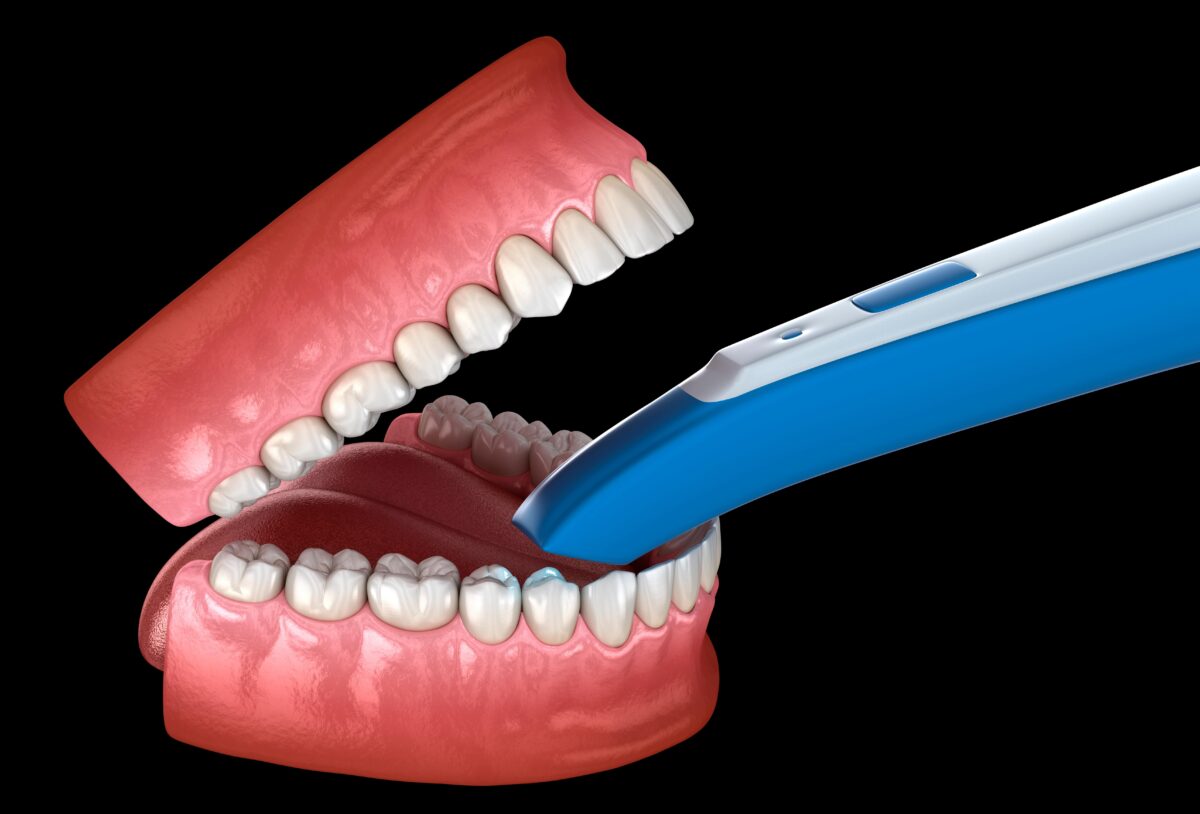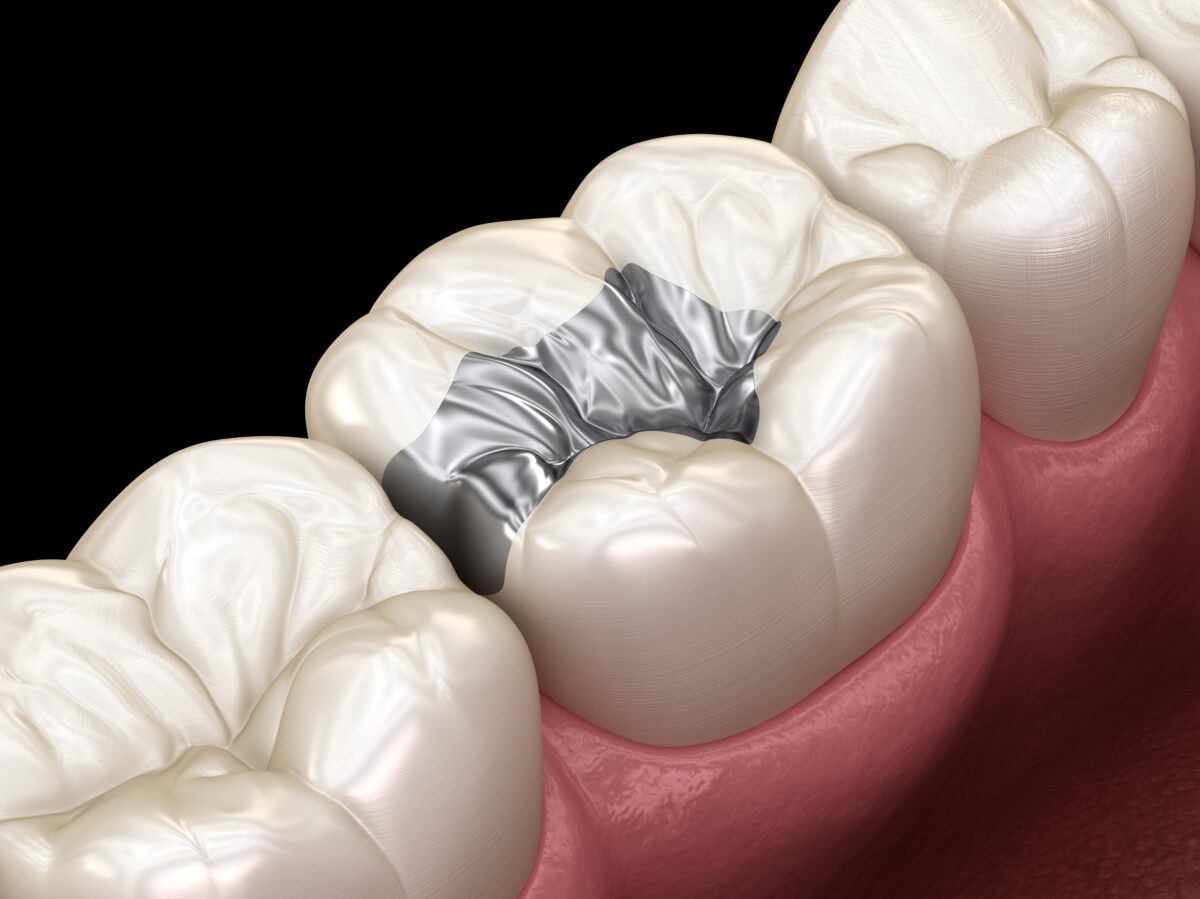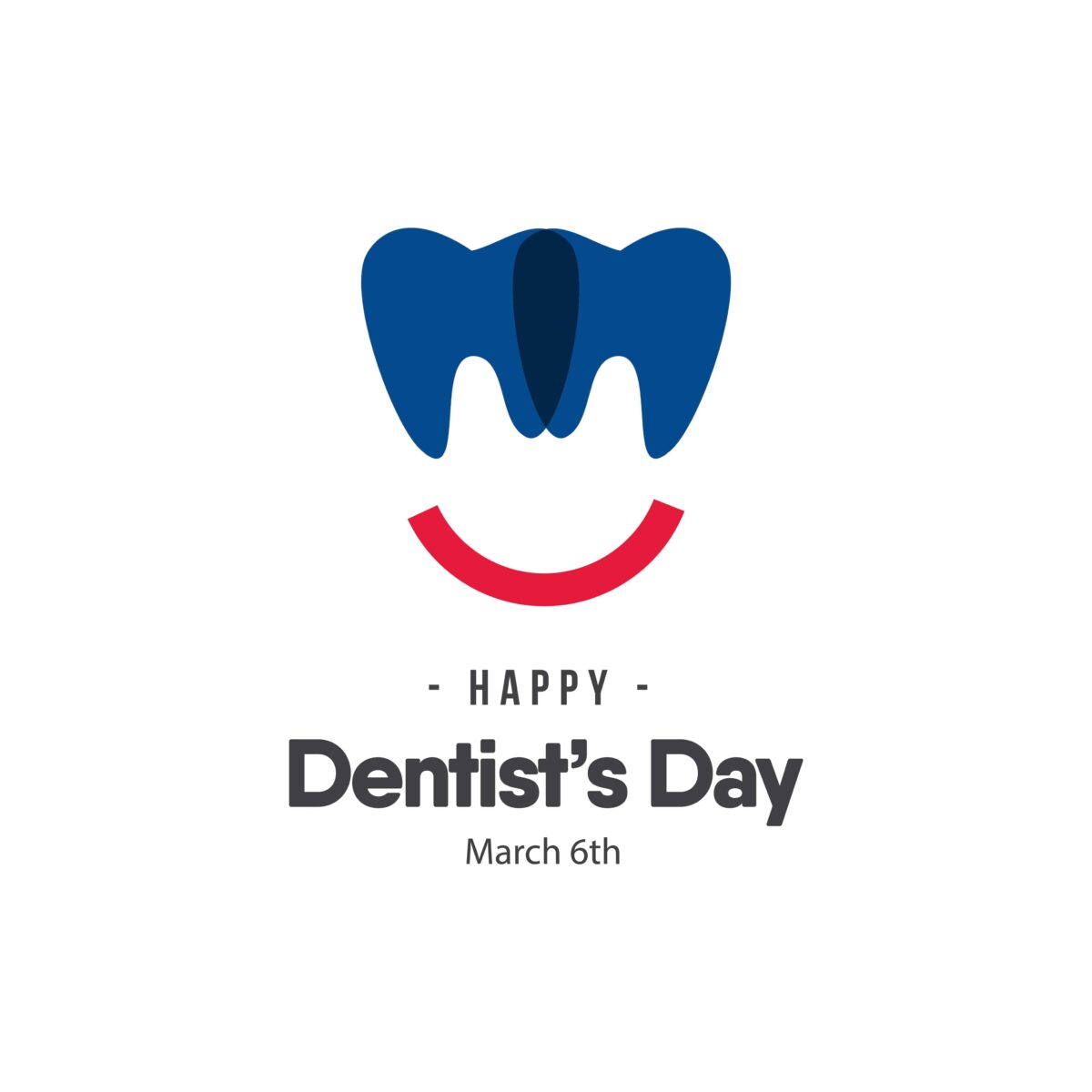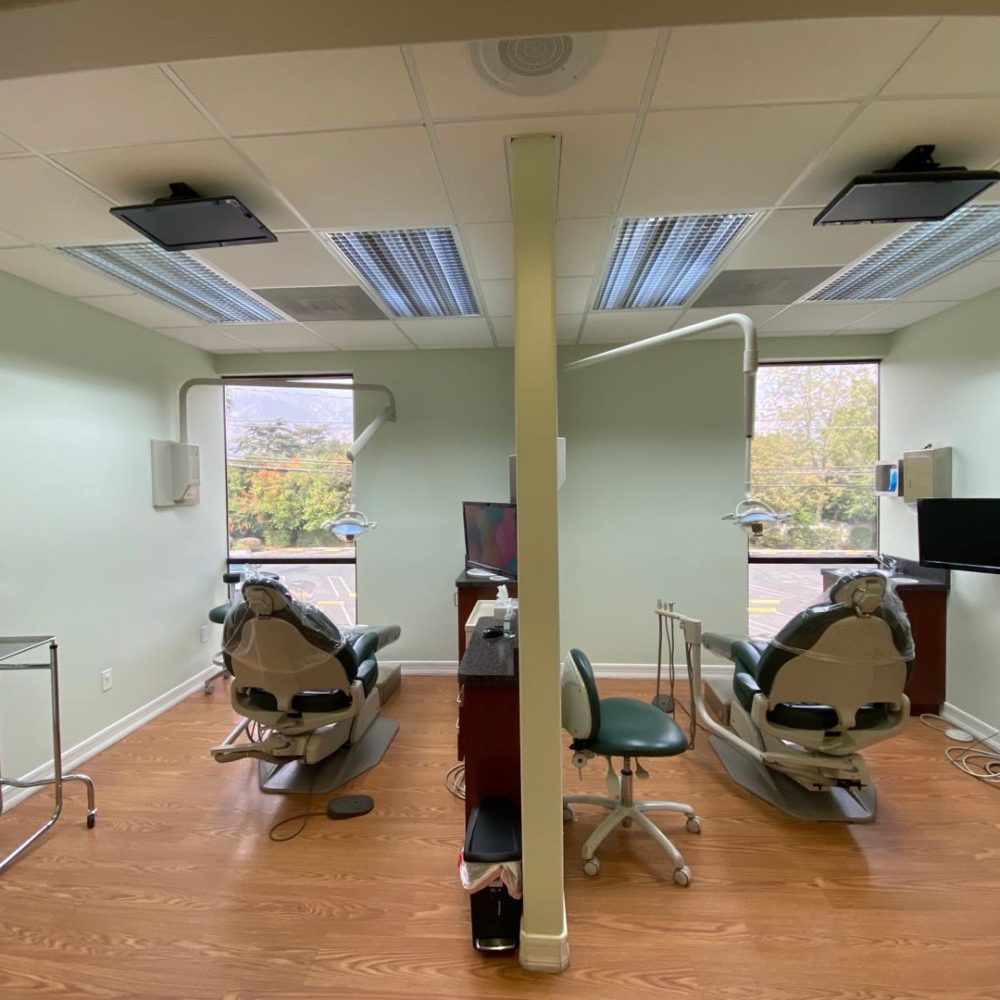Before having certain types of dental procedures performed, your dentist may ask you to get a CBCT scan. A CBCT scan is one type of diagnostic imaging technique that many modern dentists use regularly. Some dentists have CBCT machines in their offices, while others may need to send you to a separate imaging center to have your scan performed. In any case, you are probably wondering what a CBCT scan is and why you need one.
For starters, CBCT is an abbreviation for “3-D Cone Beam Computed Tomography”. This is a type of CT scan that can produce a panoramic 3-D image of the teeth, bones, nerve pathways, and soft tissues. To put this into perspective, regular dental x-rays can only capture bone. When having a CBCT scan, the machine will rotate 360 degrees around your head and produce around 150-200 2-D images. These 2-D images will then be compiled into a single 3-D image in less than a minute using computer technology. To learn more about CBCT scans, here are three fast facts:
Use Specialized X-Ray Waves
CBCT scans use cone-shaped x-ray beams, while traditional CT scans use fan-shaped x-rays. The advantage of using a cone-shaped x-ray beam is that they can focus on one area, producing a highly detailed image. Another major advantage of cone-shaped x-ray beams is that they require less radiation than medical CT scans. Finally, since the x-ray beam is cone-shaped, it requires less space. This is why CBCT machines are much more compact than traditional medical CT scanners.
Can Diagnose Various Dental Issues
CBCT scans are sometimes used for diagnostic purposes since they can identify a number of dental issues. In addition to identifying potential problems, CBCT scans can also pinpoint the exact location of the issue, as well as the extent of the issue. At a glance, CBCT scans can be used to diagnose:
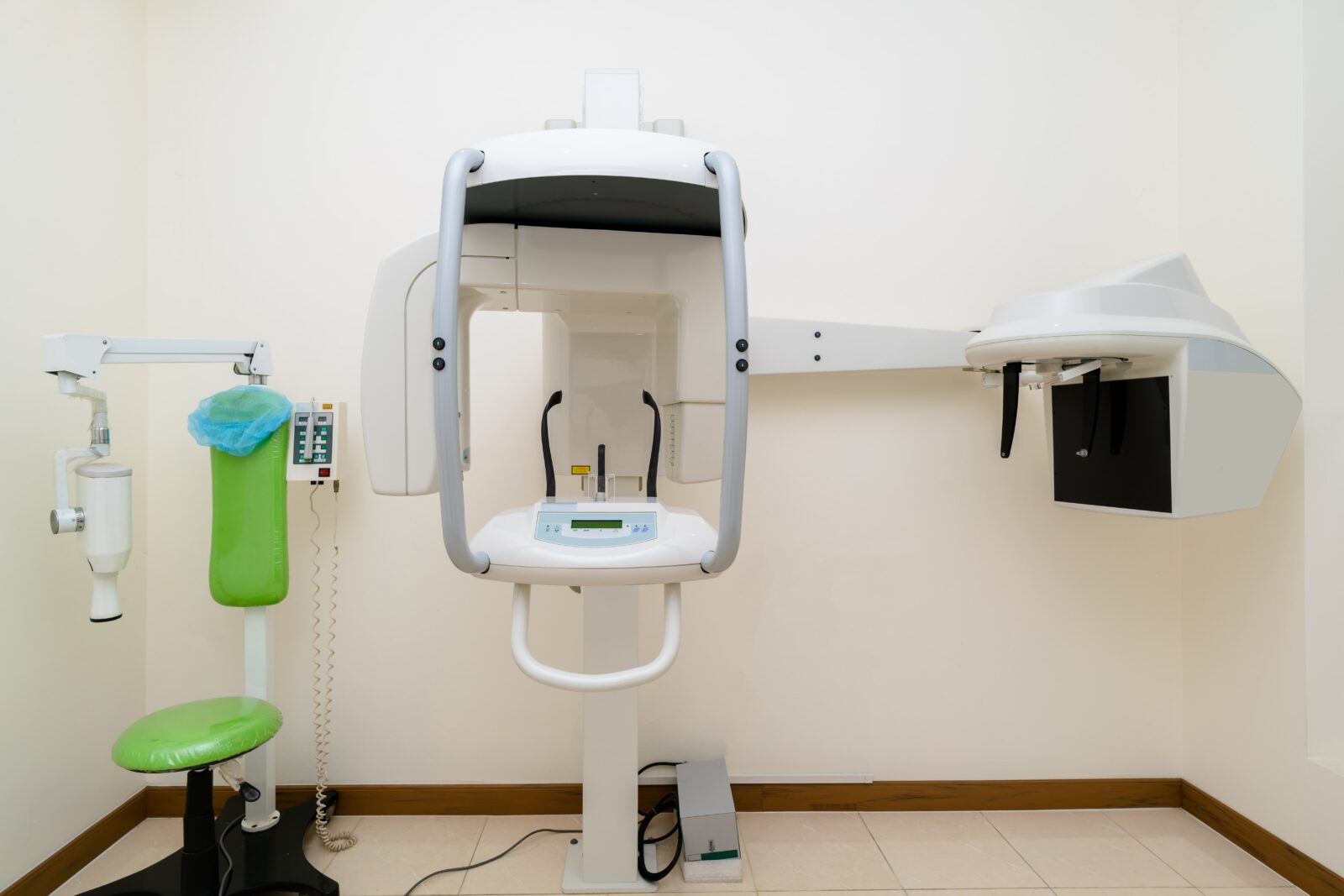
- Tooth decay
- Abnormal growths
- Bone loss
- Periodontal infections
- Facial fractures
- Temporomandibular joint irregularities
- Problems with tooth roots or dental pulp
Improves Treatment Outcomes
CBCT scans also help to improve treatment outcomes since they can accurately diagnose the location and extent of dental issues. In addition to providing an accurate diagnosis, CBCT scans also allow dentists to develop highly detailed treatment plans based on an individual’s anatomy. This decreases the risk of treatment complications and minimizes damage to the surrounding structures, which leads to faster recovery. CBCT scans are often used to plan for:
- Orthodontic treatment
- The placement of dental implants
- TMJ treatment
- Dental Restorations
- Root Canal Treatment
- Bone grafting procedures
- Tooth extractions (especially when the teeth are impacted)
As you can see, CBCT scans are an important piece of dental technology that allows your dentist to provide quality dental care. By using a cone-shaped x-ray beam, CBCT scans produce highly detailed images of your oral structures while exposing you to less radiation. These detailed images can then be used to diagnose potential dental issues, as well as to develop precise treatment plans with a lower risk of complications.
